Standlee Premium Western Forage Certified Timothy Grass Hay Pellet Horse Feed, 40 lb.
Standlee Premium Western Forage Certified Timothy Grass pellets are made from high-quality, sun-cured formed into 1/4 inch pellets that are easy to measure and easy to feed. Standlee Certified Timothy Hay is highly palatable, and low to moderate in protein. Timothy is also high in digestible fiber, promoting overall hind gut health by improving digestion and nutrient absorption. Available in 40 lb. bags.
Standlee Premium Western Forage Certified Timothy Grass pellets are made from high-quality, sun-cured formed into 1/4 inch pellets that are easy to measure and easy to feed. Standlee Certified Timothy Hay is highly palatable, and low to moderate in protein. Timothy is also high in digestible fiber, promoting overall hind gut health by improving digestion and nutrient absorption. Available in 40 lb. bags.
- 8% Protein – Ideal for horses that require a moderate protein diet, such as those in light to moderate work or those on a maintenance diet
- Certified noxious weed free – safe for national parks
- Sun-cured -retains maximum nutritional value and freshness, ensuring optimal health benefits for your horse.
- Easy Travel – ideal for horse owners who frequently travel with their horses on pack trips or to shows or events
- Efficient Storage – convenient for horse owners with limited storage capacity
- Soak for Hydration -Increased hydration helps support optimal digestive function in horses, reducing the risk of digestive disorders such as impaction or colic formed into
- Made in USA – Made in Idaho with care with the highest-quality forage in the USA
Additional information
| Horse Life Stage | All Life Stages |
|---|---|
| Packaged Height | 24 in. |
| Packaged Length | 5 in. |
| Packaged Weight | 40 lb. |
| Packaged Width | 17 in. |
| Product Height | 5 in. |
| Product Length | 24 in. |
| Product Weight | 40 lb. |
| Product Width | 16 in. |
| Warranty | 30 day guarantee |
| Manufacturer Part Number | 1275-30111-0-0 |

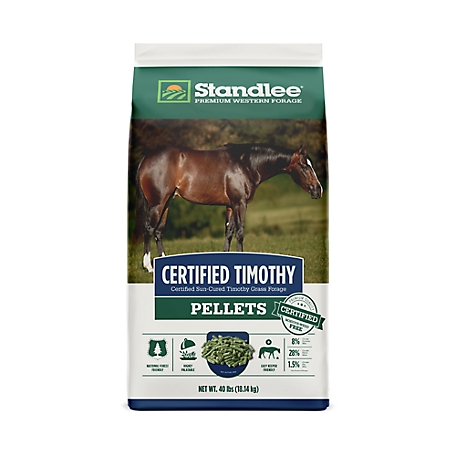
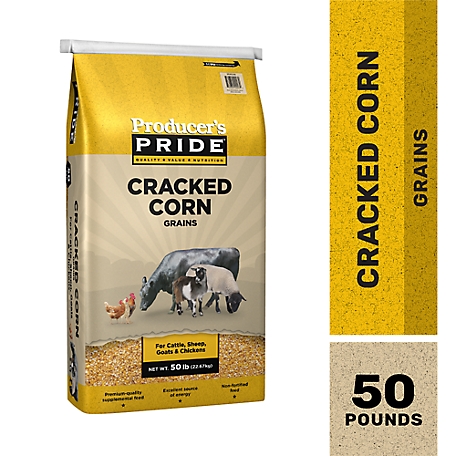
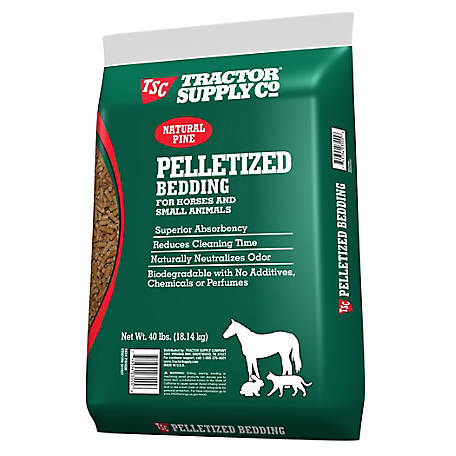

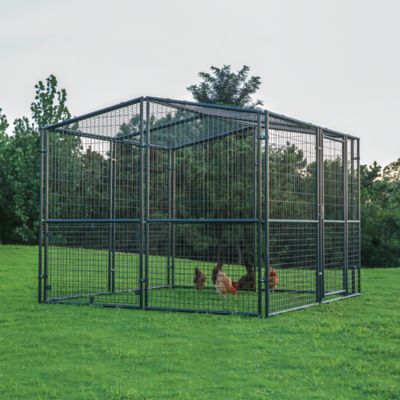
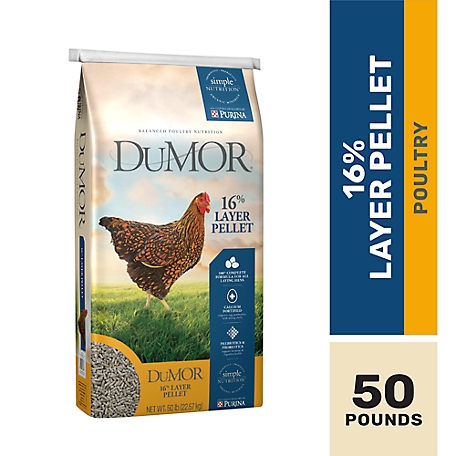

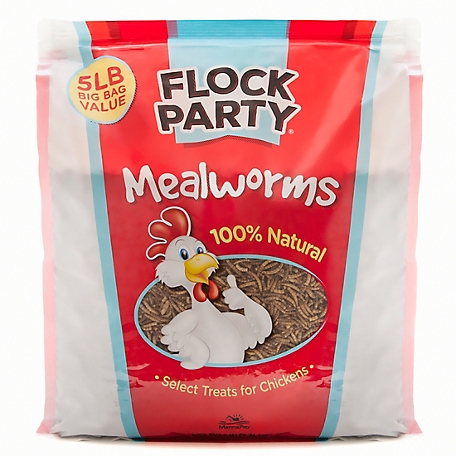



by Werblo
Very good pellets for mini donkeys – they really love them —
by Niki
They gobble it up.
by Dream
Great hay replacement! My horses love this and they won’t eat hay since there’s grass to eat, but they need more calories and this is great pelleted grass! Thanks!
by Amy
Good price, product great for keeping weight on my C/IR mini.
by Amanda
My pigs, chickens and rabbits eat it as is. No soaking. It’s a great way to give them what they need without the waste of hay or grass.